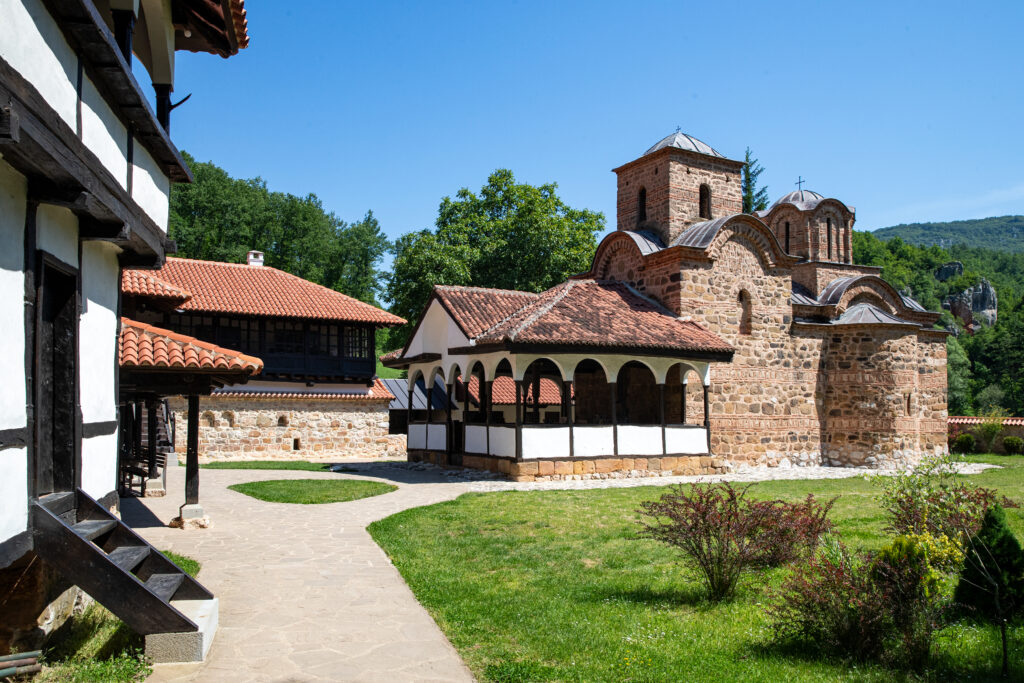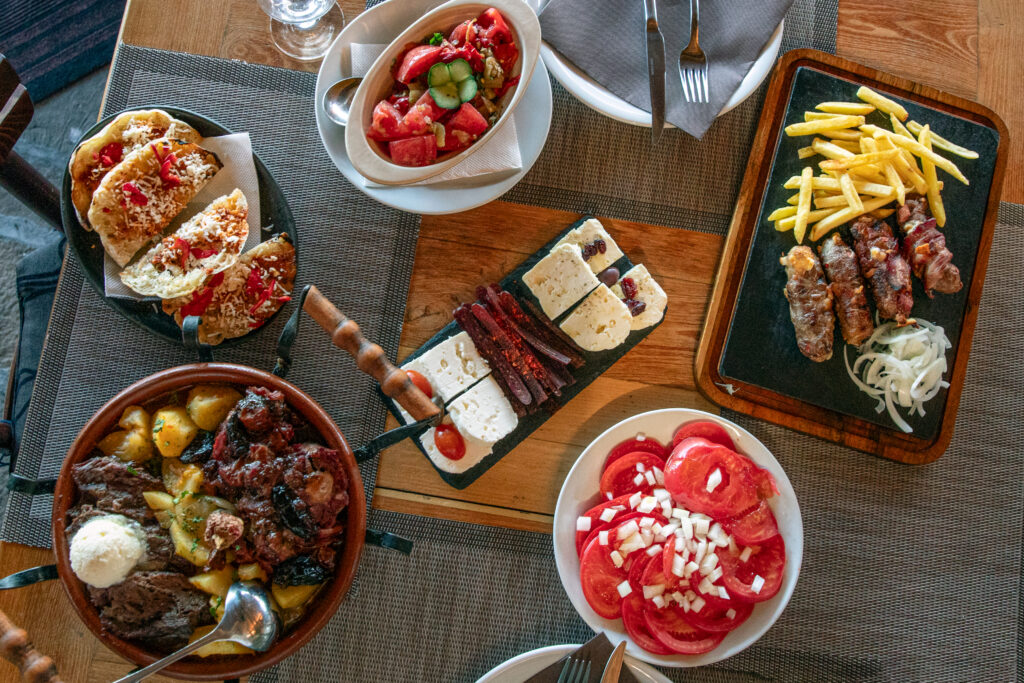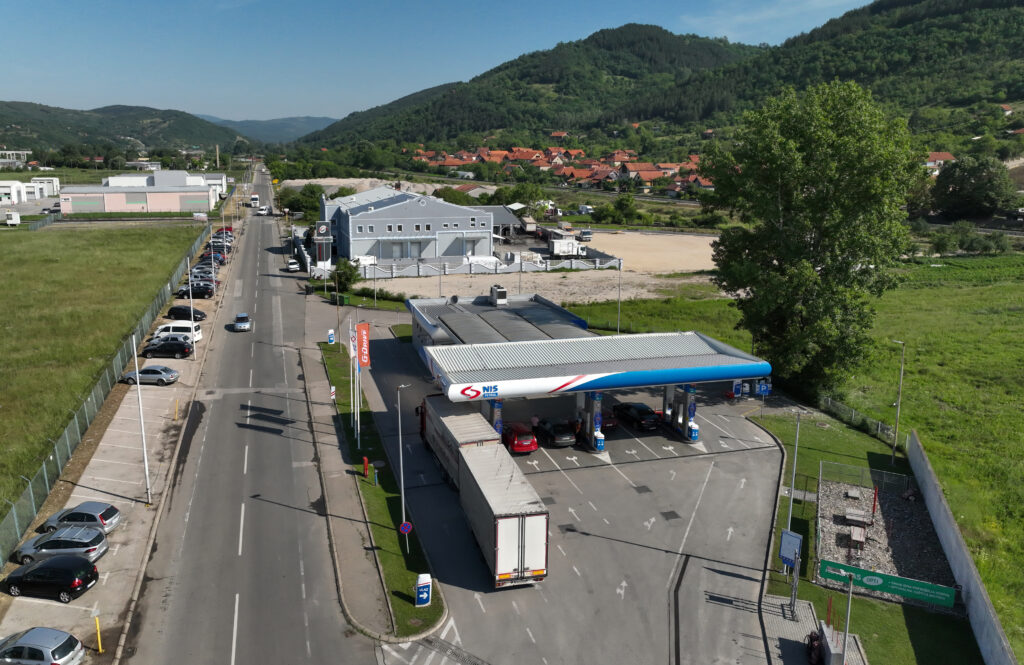Pirot is widely known for its rugs, cheese and unique sausages. Surrounded by rivers, at the foot of the giant Stara Planina Mountain, housed in the lap of lush, wild, unexplored nature. Mysterious and surprising, as only the east of Serbia knows how to give birth to.
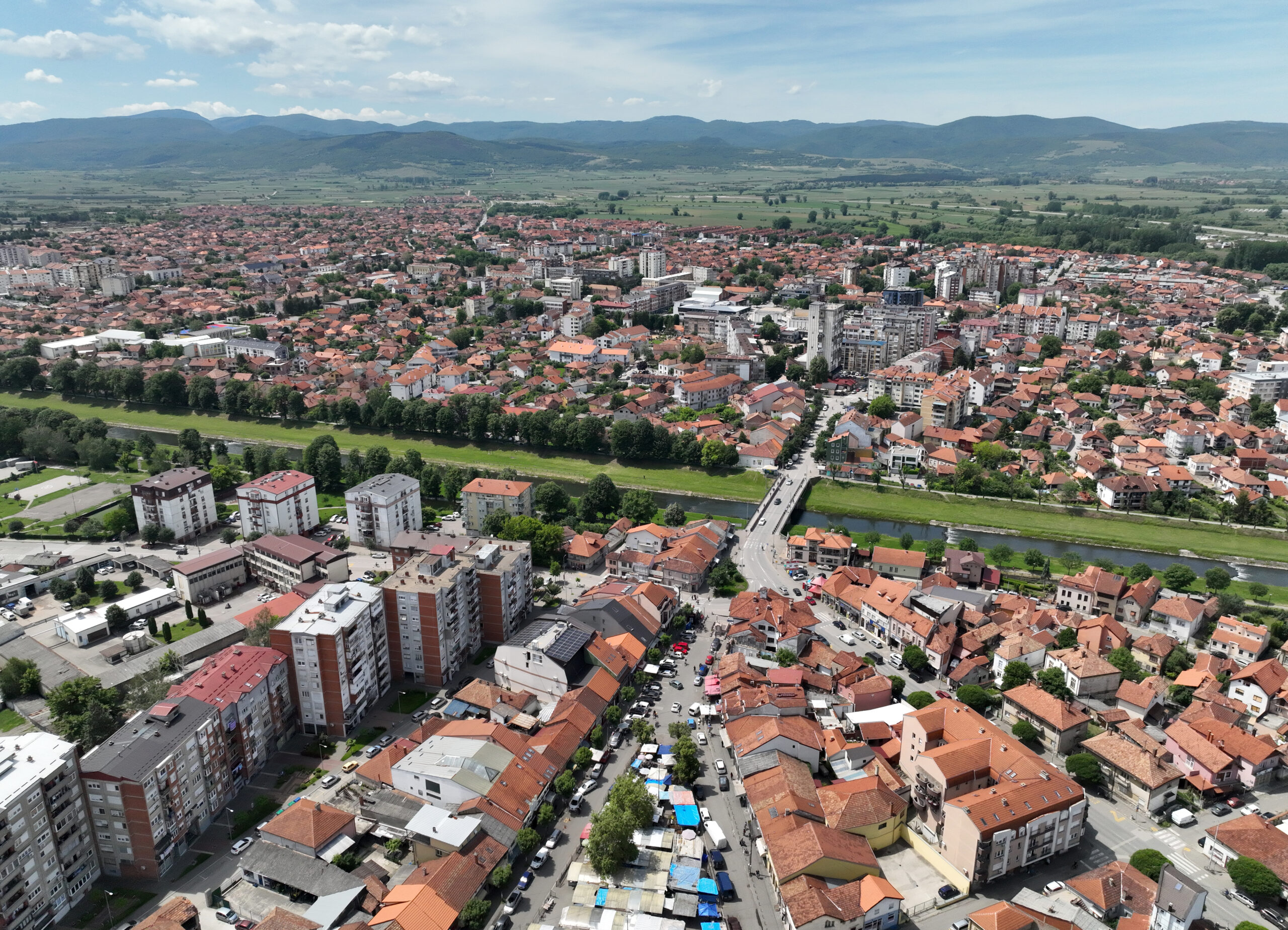
BECAUSE PIROT IS A CITY WITH A SOUL
The Nišava River divides the city into two parts – Tijabara, the old town, and Pazar, the new part. There are linden trees along the shores, a few kilometers long. Its promenade is unique in its beauty and length. Today, it is also adorned with a fitness and roller trail, as well as an outdoor gym. A green oasis of peace. One of the landmarks of the city is the Guševica fountain. It was named after Agus Bey, a Turk who built it in the mid-19th century. People used to gather around it, especially on market days, craftsmen and merchants opened their shops all the way to the church, constructing a new little town. It is considered a symbol of life and congregation. “It is difficult for anyone who drinks water from this fountain to leave Pirot, but it is even harder to forget it,” the locals say. It was spring water back then, but today it’s from the public water supply. However, we also had a sip of it just to make sure we would be drawn back to Pirot, at least one more time.
Pirot fought the Ottomans for a long time and finally succeeded on 28 December 1877. year This date is celebrated today as the Day of the City of Pirot. As a token of gratitude, the Monument to the Liberators of Pirot from the Ottomans, made of carved stone, ten meters high with an eagle on top, was built in the old town where exclusively Christian population resided. The people of Pirot fought hard to hear the bells of their church resonate. Thus, in 1870, with the voluntary contributions of “pious Orthodox Christians”, they built a Cathedral Church dedicated to the Assumption of the Holy Mary, Mother of God. Also known as the Tijabara Church, it is considered an endowment of craftsmen and workers. It was painted and consecrated in 1914. year
Today, Pirot is a well-maintained, clean, lively, but not noisy city. It exudes unusual calmness and composure. You hear odd turns of phrase everywhere. Unintelligible to the rest of Serbia. It is a special speech – a little Bulgarian, more Serbian, mostly unique for Pirot. A bunch of new things new to learn. In addition to their “indecipherable” dialect, the people of Pirot have a bad reputation of “having glue in their pockets”. It remains unknown how they earned the label of stinginess, but they welcomed us as gracious hosts – warmly and without the slightest trace of frugality.
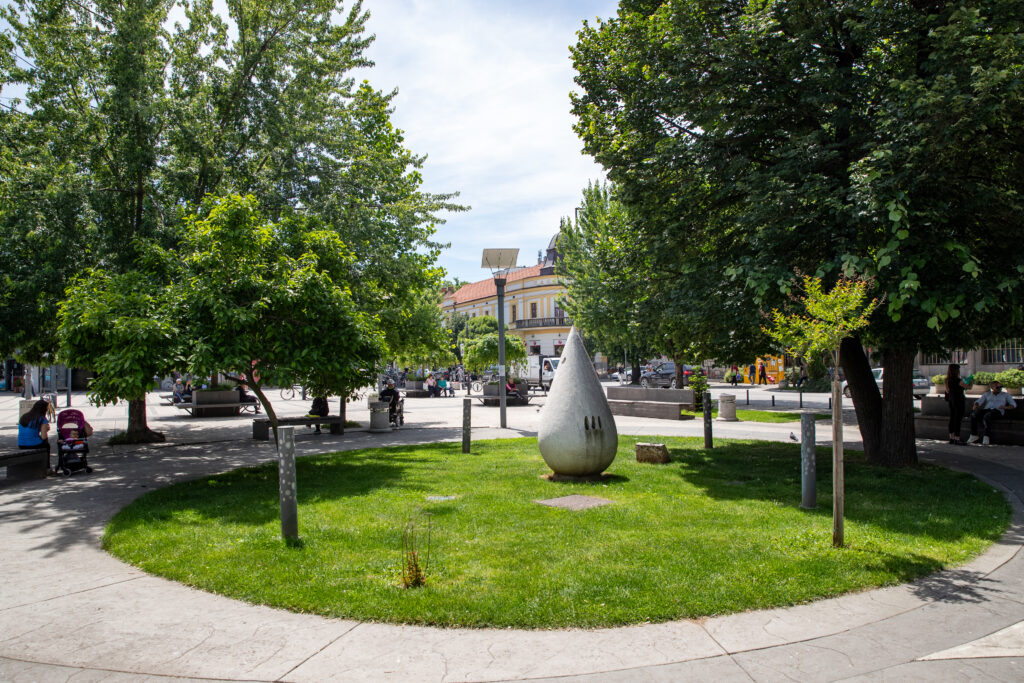
BECAUSE THE PIROT MUSEUM PRESERVES PRECIOUS MEMORIESJER MUZEJ PIROT BAŠTINI DRAGOCENA SEĆANJA
It is located in the best-preserved building of traditional architecture from the middle of the 19th century, the former home of the renowned Pirot merchant Hristo Jovanović. Today, it is considered a monument of culture of exceptional importance.
The display matches the original ambience and reflects the appearance and manner of decorating 19th-century local houses. It smells like old times. Items made of pottery and metal, and wooden furniture are located on the ground floor. The floor is decorated with furniture belonging local merchant families from the time when Pirot, originally an oriental little town, was slowly growing into a patriarchal urban environment. Pieces of clothing, national costumes and jewelry of the Pirot region are exhibited. This area is dominated by the famous Pirot carpets (“ćilim”). In a variety of colours and distinctive patterns. They look even more luxurious when you see them with your own eyes.
Particularly interesting is the room of the master of the house, who was short and nicknamed Mali Rista (Little Rista). Since the Serbs at that time were forced to submit to the Turks, the master devised a clever way to outwit them. He fitted the room for reception of guests with a low ceiling and made the Turks bend over when entering. The people here are always witty and ingenious.
Some scenes of the cult status films “Zona Zamfirova” and “Ivkova slava” were filmed in this building.
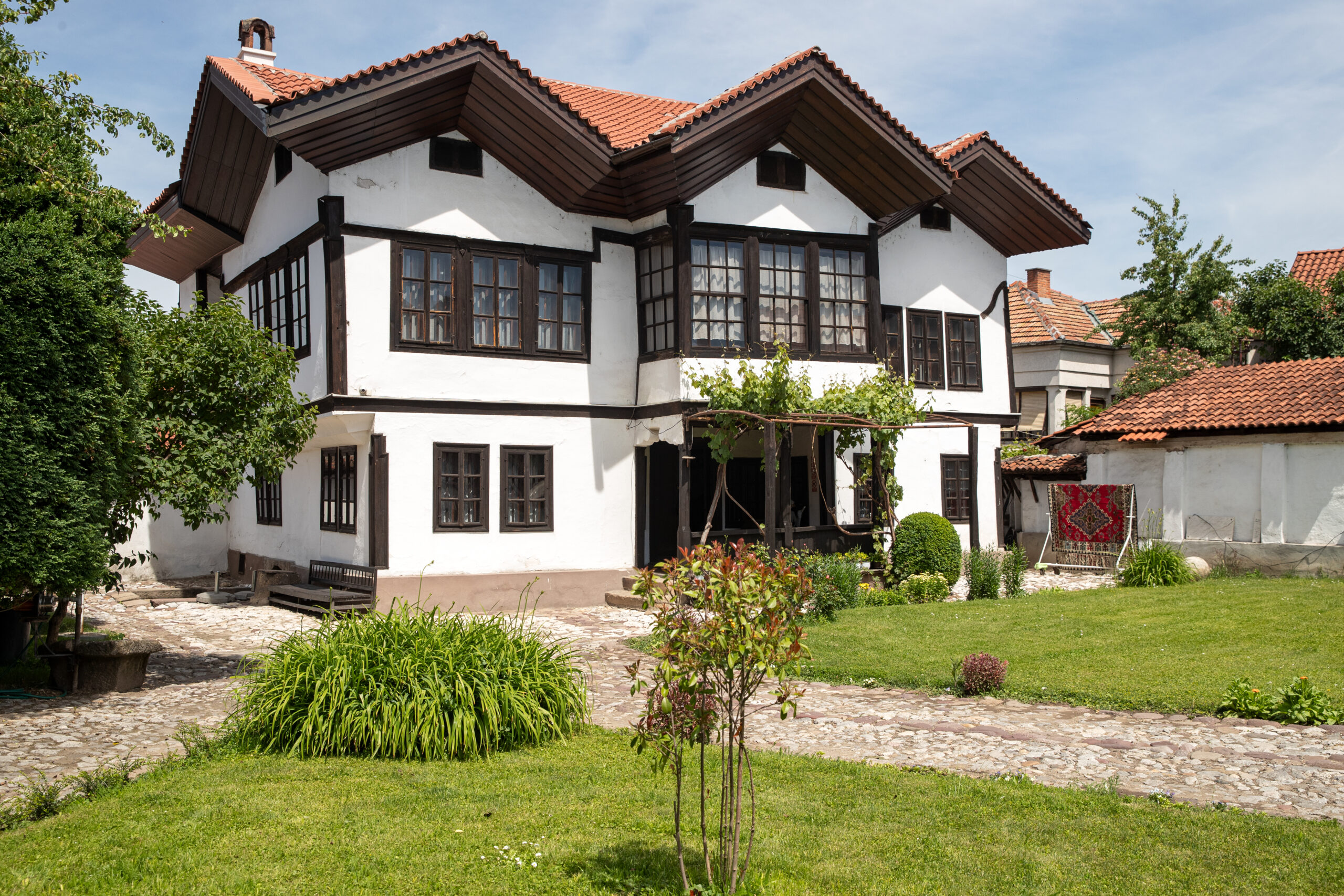
BECAUSE THE KALE FORTRESS IS A VIGILANT GUARD
Throughout history, the fortress changed its masters, including the names – Turres (tower), then Pyrgos, Thurib, Momčilo’s town, and today it is Pirot fortress or simply Kale (meaning fortress in Turkish). It was erected in the second half of the 14th century, during the reign of Prince Lazar. Pirot was an important strategic city in the east of the then Serbia, and on the way of the Ottoman conquests, so the fortress was built along the right bank of the Bistrica River, not far from the confluence with the Nisava, on a separate, high rock. It is relatively small in size, and consists of three parts – the Upper Town with a tower and a gate, was built during Prince Lazar’s times, the Middle Town, strengthened by another row of ramparts, was raised by his son, Despot Stefan Lazarević, and the Lower, with loopholes facing the river, was built by the Ottomans in the 18th century.Utvrđenje je kroz istoriju menjalo gospodare, pa time i nazive – Turres (kula), zatim Pirgos, Thurib, Momčilov grad, a danas je Pirotski grad ili jednostavno Kale (tvrđava na turskom). Podignuto je u durgoj polovini XIV veka, u vreme vladavine kneza Lazara. Pirot je bio važan strateški grad na istoku tadašnje Srbije, i na pravcu turskih pohoda, pa je tvrđava izidana uz desnu obalu Bistrice, nedaleko od ušća u Nišavu, na izdvojenoj, visokoj steni. Relativno je malih dimenzija, i sastoji se iz tri celine – Gornji grad sa kulom i kapijom, sagrađen je za Lazarevo vreme, Srednji grad, ojačan još jednim redom bedema, uzdigao je sin mu, despot Stefan Lazarević, a Donji, prema reci sa puškarnicama, izgradili su Turci u XVIII veku.
It has long been believed and narrated among the people that the fortress was built by the famous Duke Momčilo, of whom little is known, except that he lived in the first half of the 14th century, and archaeological research proved that the fortress had been built in its second half. It was also revealed that during the Roman empire, in the 3rd and 4th centuries, there was a settlement in the area of the fortress, which was not only the main station on the Niš-Sofia road, but also a market town with legions, taking care of security on the route of the Via militaris road, the forerunner of the Constantinople road.
The fortress was used for military purposes until the first half of the 20th century. Today, it is largely preserved, restored and landscaped. These walls served as a set for filming parts of the “Battle of Kosovo” film. It is a monument of culture of great importance.



